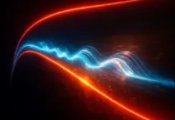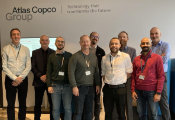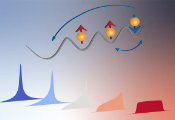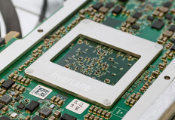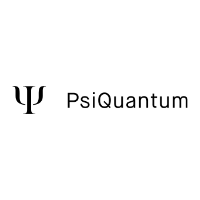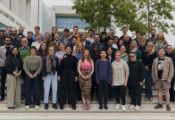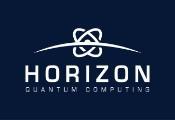New Class of “X-Type” Antiferromagnets Enables Sublattice-Selective Spin Transport
June 10 2025 -- A research team led by Prof. SHAO Dingfu from the Hefei Institutes of Physical Science of the Chinese Academy of Sciences, has predicted a new class of antiferromagnetic materials with unique cross-chain structures, termed "X-type antiferromagnets". These materials exhibit sublattice-selective spin transport and unconventional magnetic dynamics, offering new possibilities for next-generation spintronic devices.
Published as a cover story in Newton, this work challenges conventional views of collective atomic behavior in solids and promises transformative applications in next-generation electronics.
Antiferromagnets (AFMs) are valued for their zero net magnetization and ultrafast dynamics, making them attractive for spintronics. However, their practical application has been hindered by mutual spin cancellation between magnetic sublattices, which limits spin current control. The newly proposed X-type AFMs, with their distinctive "X"-shaped intersecting chain geometry, overcome this limitation.
In these materials, spin transport can be directed selectively through one magnetic sublattice by tuning the direction of an applied electric field—a feat previously considered unattainable. This breakthrough was achieved through high-throughput computational screening, which identified 15 candidate X-type AFMs, categorized into three fundamental cross-chain lattice subtypes.
Among these, β-Fe2PO5 emerged as a top candidate, featuring a Néel temperature above 300 K, making it viable for room-temperature applications. Simulations revealed that when an electric current is applied along one ferromagnetic sublattice chain, the material shows near-complete spin polarization along that axis, while perpendicular chains remain inactive. This enables precise control of the Néel vector, a crucial operation for antiferromagnetic spintronic data writing.
"This work expands the 70-year taxonomy of AFM structures (G/A/C-type) and reveals hidden material properties through real-space magnetic analysis," said Prof. SHAO Dingfu.
The discovery not only offers a new platform for exploring fundamental spin phenomena but also opens the door to low-power, high-density spintronic devices that harness antiferromagnetic order in ways previously thought impossible.



